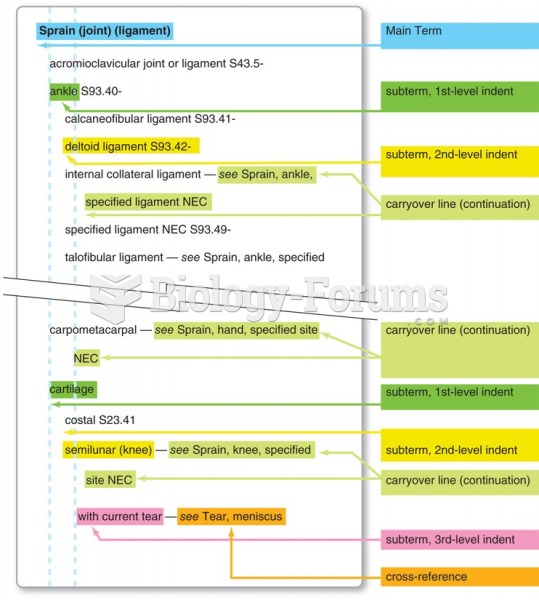Answer to Question 1
A data warehouse, depending on its purpose, may include detailed data or summary data, or both. The detailed data is also called atomic data or transaction-level data. For example, a table in which each ATM transaction is recorded as a separate record contains detailed data (i.e., atomic or transaction-level data). On the other hand, a table in which a record represents calculations based on multiple instances of transaction-level data contains summarized data at a coarser level of detail. For example, a summarized data record could represent the total amount of money withdrawn in one month from one account via an ATM. A data warehouse that contains the data at the finest level of detail is the most powerful, because all summaries can be calculated from it and stored if they are to be used repeatedly. However, there are cases when storing all of the analytical data at the transaction-level of detail for large time horizons is cost prohibitive. For example, for some organizations, the financial resources necessary for the specialized hardware and software required to store and process such enormous data sets may be out of reach. Also, in some other cases, organizations may decide that for some subjects of analysis, summarizations are adequate and transaction-level detail data is not necessary. In cases when the company is not able or does not want to have all of its required analytical information at the finest level of detail, the data for some or all (depending on the particular situation) of the subjects of analysis in the data warehouse is kept only at a certain level of summarization.
Answer to Question 2
There is a growing list of tools on the market today that are designed to make BPR easier and more efficient. These software packages help the team to analyze the dynamics of existing processes and can provide greater insight into how well the redesigned processes meet the project goals. Some packages are more comprehensive than others and have support for all phases of the BPR process.







